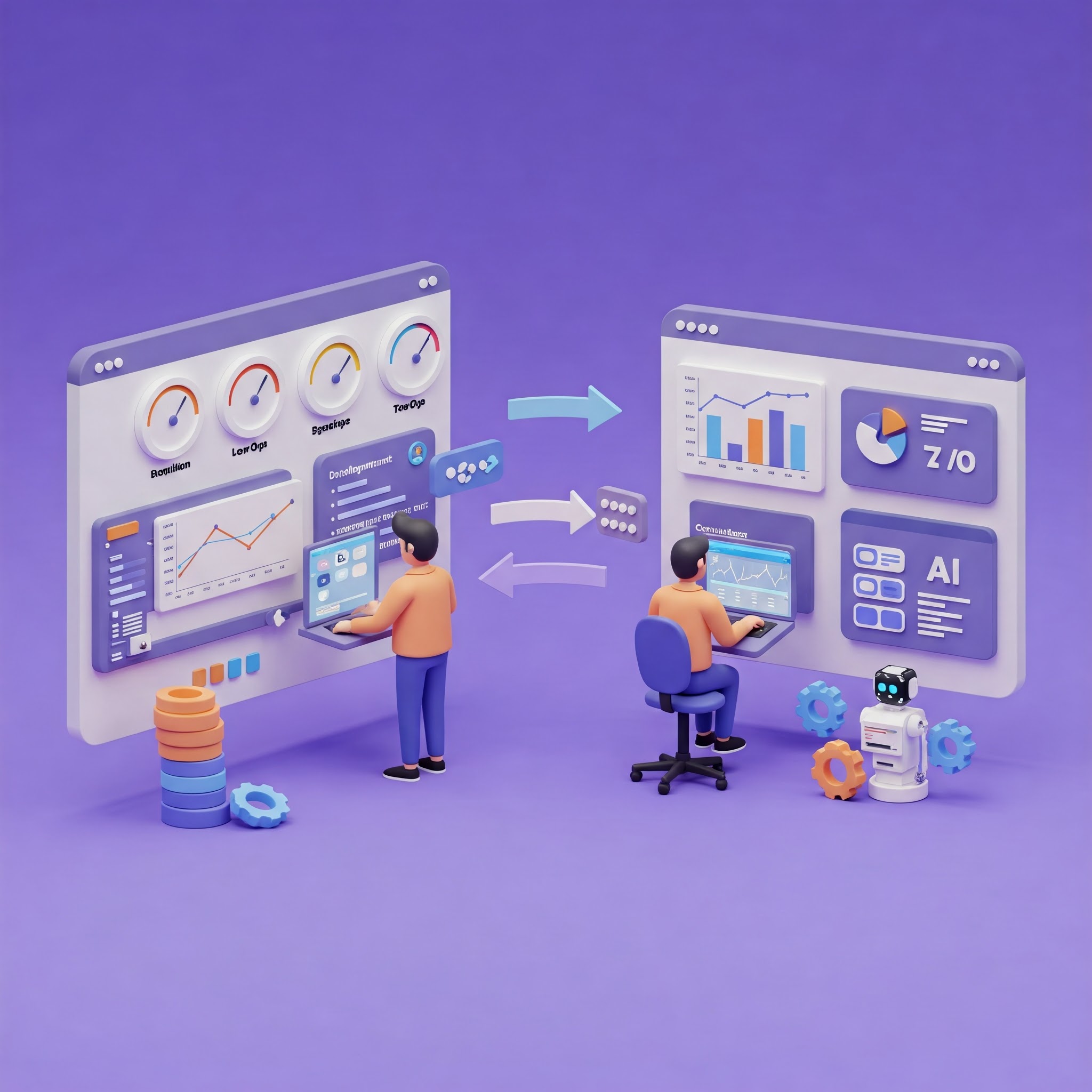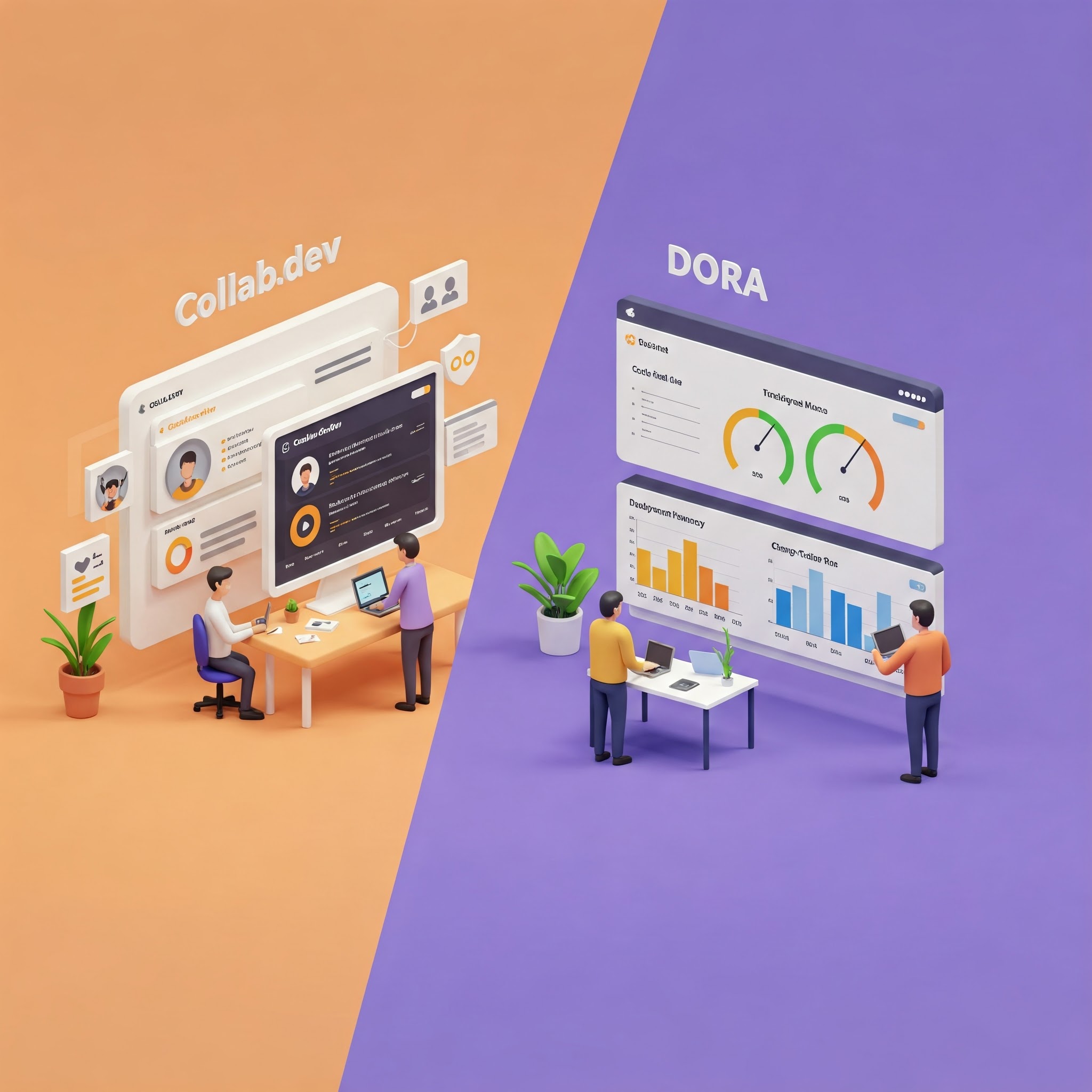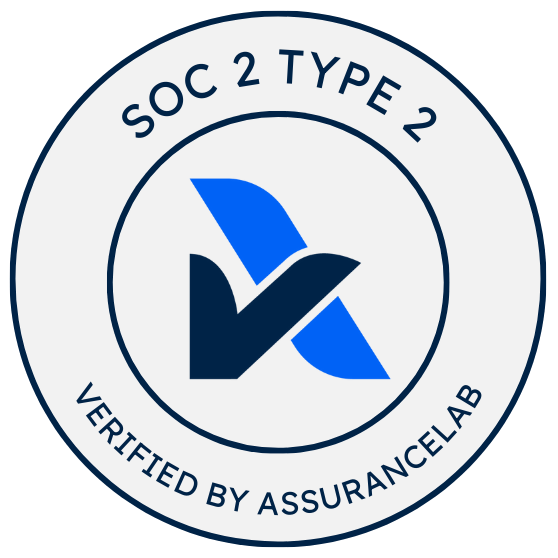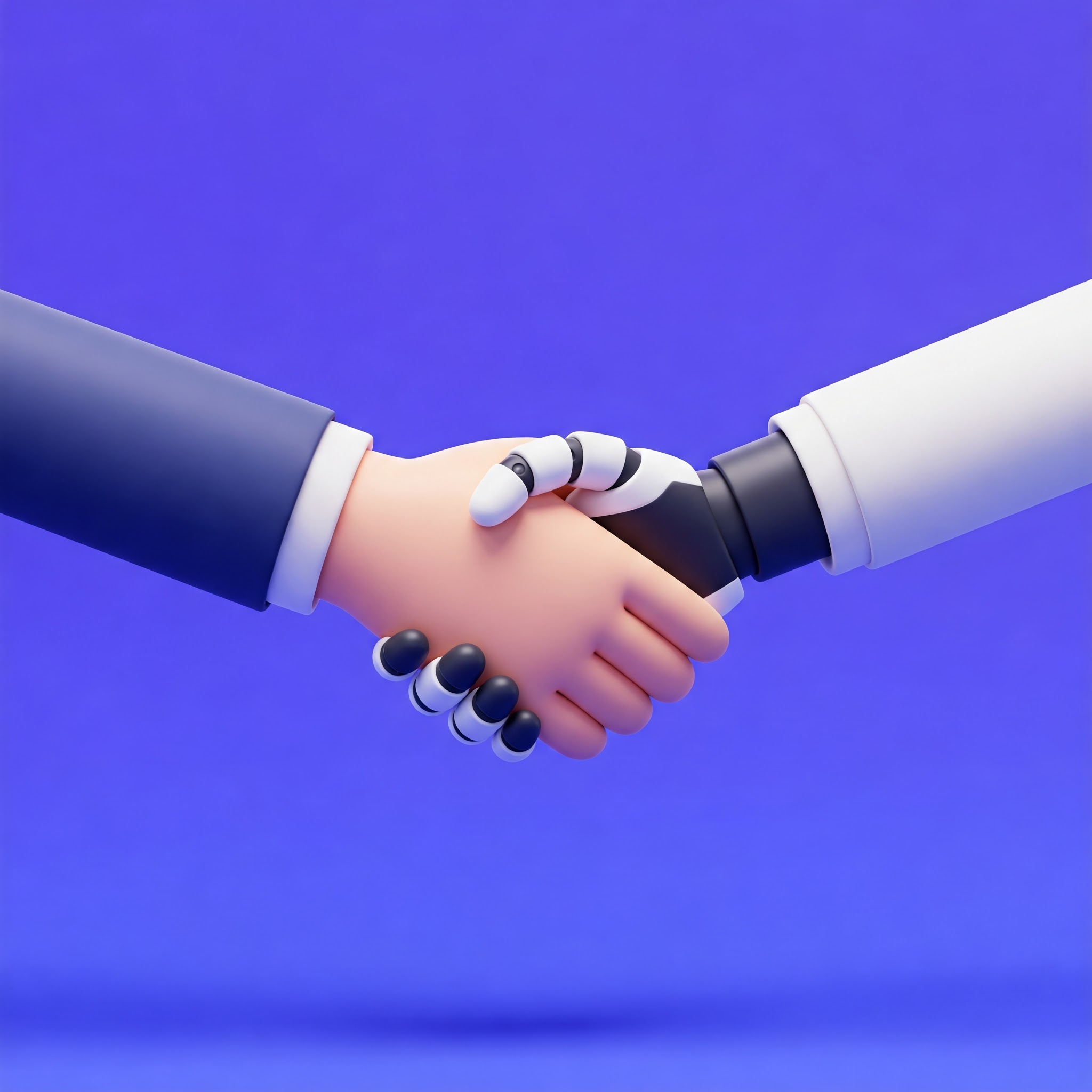
Code Review Agent Adoption in PullFlow
85% of PullFlow customers now use AI agents for code review. Explore real adoption patterns, workflow transformations, and strategies for effective human-AI collaboration in modern development.
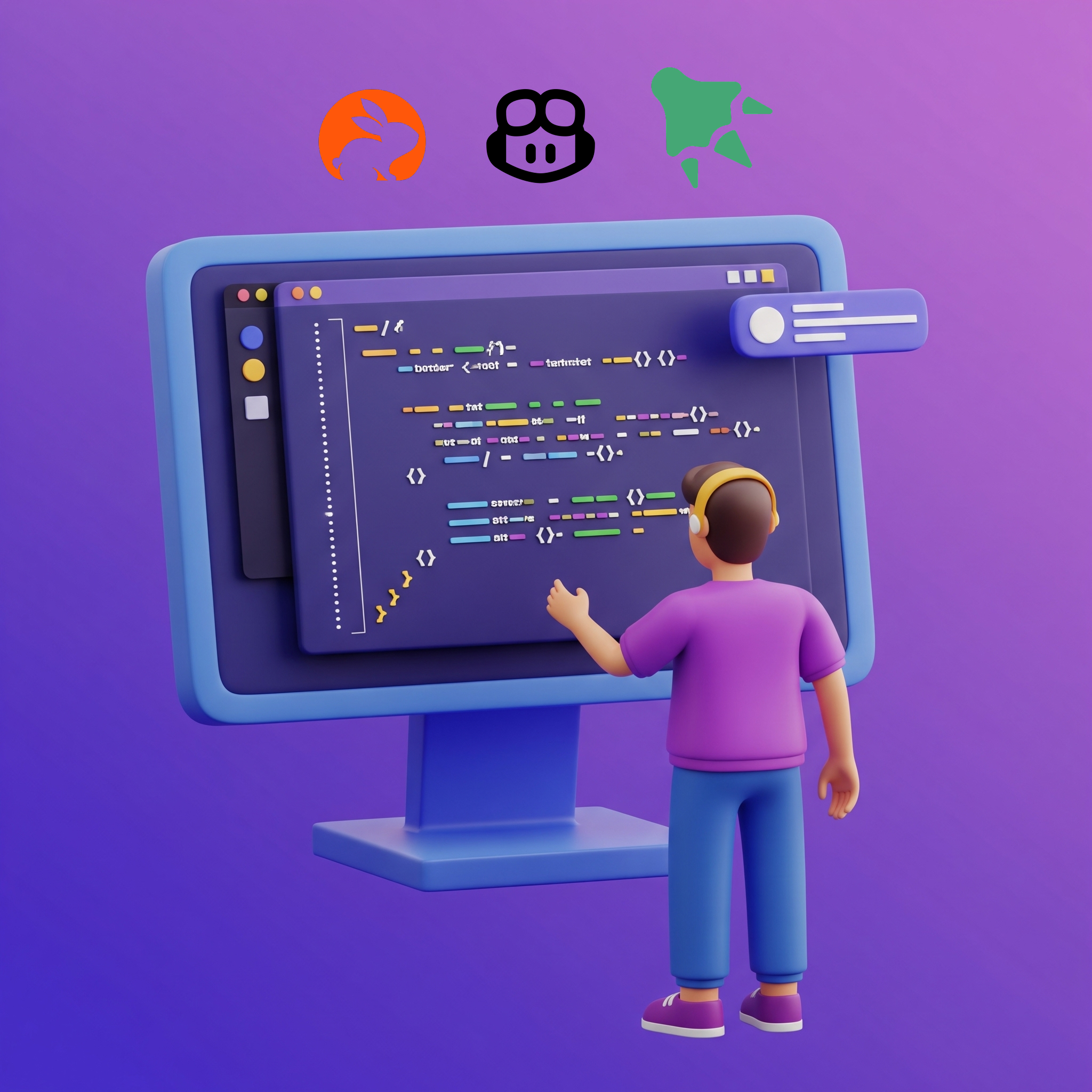
As a leading code review collaboration platform, PullFlow has been at the forefront of the AI agent revolution in software development. Over the past year, we’ve integrated with popular AI agents like GitHub Copilot, CodeRabbit, and Greptile, giving us unprecedented visibility into how development teams are adopting and using these tools.
The insights we’ve gathered have been remarkable. Today, 85% of our paid customers actively use AI agents for code review, representing a fundamental shift in how development teams approach collaboration and quality assurance. But the real story isn’t just in the adoption numbers—it’s in what we’ve learned about how these tools are reshaping development workflows in ways we didn’t anticipate.
This isn’t simply about automation replacing manual processes. What we’re observing through our platform is a sophisticated evolution in human-AI collaboration that’s transforming how teams work together.
The Current Landscape
The adoption patterns tell a compelling story. 30% of our paid customers now use multiple AI agents simultaneously, with GitHub Copilot leading overall adoption, followed by specialized tools like Code Rabbit and Greptile for targeted review tasks. Perhaps most striking is the near-universal adoption of automatic PR description generation, which has become so integral to teams’ workflows that many describe it as indispensable as syntax highlighting or version control.
The integration of these tools represents more than convenience: it’s enabling teams to scale their review processes without proportionally scaling their time investment.
Developer Experience Patterns
One of the most interesting trends we’ve observed is how different experience levels approach AI agents. Junior developers tend to embrace AI agents as comprehensive learning tools, using them for guidance on best practices, code patterns, and quality standards. The immediate feedback loop helps accelerate their learning curve significantly.
Senior developers take a more strategic approach, leveraging AI agents for routine quality checks while reserving their expertise for architectural decisions, design patterns, and mentoring responsibilities. This division isn’t a limitation—it’s an optimization that allows teams to distribute cognitive load more effectively across both human and artificial intelligence.
Managing the Signal-to-Noise Challenge
One reality every team faces: approximately 70% of AI agent comments are resolved without action, indicating they weren’t actionable or relevant to the specific context. This signal-to-noise ratio can create notification fatigue and undermine trust in automated systems. However, successful teams have developed strategies to address this challenge.
Unified conversation management through PullFlow’s threading system allows teams to centralize AI feedback alongside human discussions. Senior developers can quickly validate useful suggestions with reactions while filtering out noise. Direct agent interaction via Slack integration enables teams to clarify AI feedback contextually, allowing developers to ask @coderabbit for clarification without leaving their workflow.
Customized agent settings help teams tune their review focus through PullFlow’s Agents page, emphasizing feedback types most relevant to their codebase and development standards.
Workflow Evolution
The most effective implementations treat AI agents as specialized team members with distinct strengths. Teams are developing sophisticated workflows that leverage both human insight and AI capabilities:
- AI agents handle consistent quality checks: syntax errors, security patterns, style compliance
- Human reviewers focus on business logic, architectural decisions, and knowledge transfer
- Reactions and threading systems create feedback loops that help teams learn which AI suggestions provide value
Emerging Trends
Several developments are reshaping the code review landscape. Shift-left integration is moving review capabilities directly into development environments, enabling real-time feedback before code reaches the PR stage. Role reversal scenarios are becoming more common, where human reviewers evaluate AI-generated code against business requirements and architectural standards.
Multi-agent orchestration is emerging, with specialized agents handling different aspects of code review, testing, and documentation in coordinated workflows. Self-improving systems are beginning to update their own instruction files based on team acceptance patterns, creating more targeted feedback over time.
The Human Element
Despite increasing automation, the most successful teams maintain strong human oversight and decision-making. AI agents excel at identifying technical issues and enforcing consistency, but human reviewers provide essential context around business requirements, user impact, and strategic technical decisions. The most effective implementations don’t replace human judgment—they amplify it by handling routine tasks and highlighting areas that require human expertise.
Looking Forward
The 85% adoption rate reflects a broader shift toward co-intelligent development teams. Success isn’t measured simply by speed improvements, but by the quality of collaboration between human expertise and AI capabilities. Teams achieving optimal results focus on orchestrating these tools thoughtfully, customizing their behavior to team-specific needs, and maintaining the collaborative learning aspects that make code review valuable beyond quality assurance.
PullFlow’s Agent Experience continues evolving to support this transformation, providing centralized management, intelligent filtering, and seamless integration that adapts to how teams actually work. The future of code review lies in thoughtful human-AI collaboration: not replacement, but strategic partnership that enhances both efficiency and quality.
Learn more about optimizing your team’s code review workflow with PullFlow’s Agent Experience.
